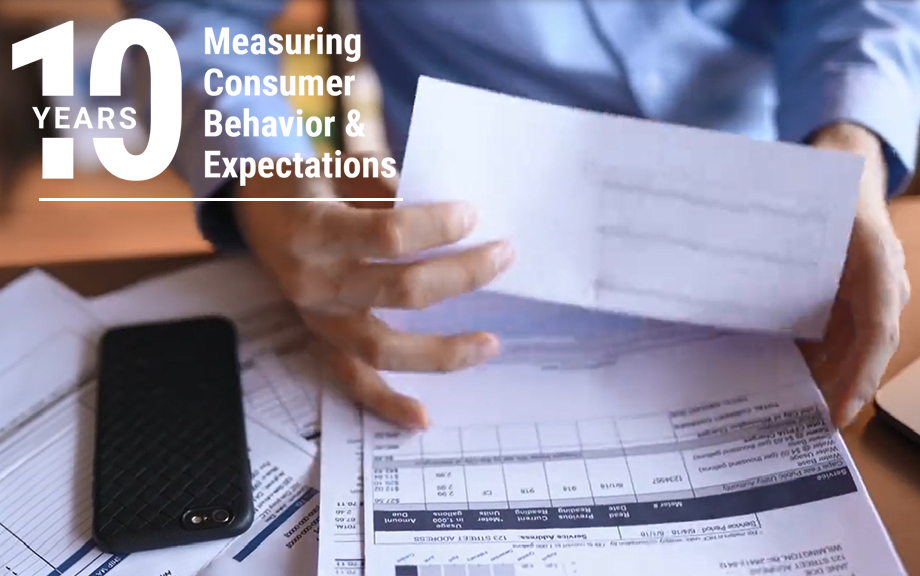
In the aftermath of the COVID-19 pandemic, inflation rose almost simultaneously in most economies around the world. After peaking in mid-2022, inflation then went into decline—a fall that was just as universal as the initial rise. In this post, we explore the interrelation of inflation dynamics across OECD countries by constructing a measure of the persistence of global inflation. We then study the extent to which the persistence of global inflation reflects broad-based swings, as opposed to idiosyncratic country-level movements. Our main finding is that the spike and subsequent moderation in global inflation in the post-pandemic period were driven by persistent movements. When we look at measures of inflation that include food and energy prices, most of the persistence appears to be broad-based, suggesting that international oil and commodity prices played an important role in global inflation dynamics. Excluding food and energy prices in the analysis still shows a broad-based persistence, although with a substantial increase in the role of country-specific factors.























 RSS Feed
RSS Feed Follow Liberty Street Economics
Follow Liberty Street Economics